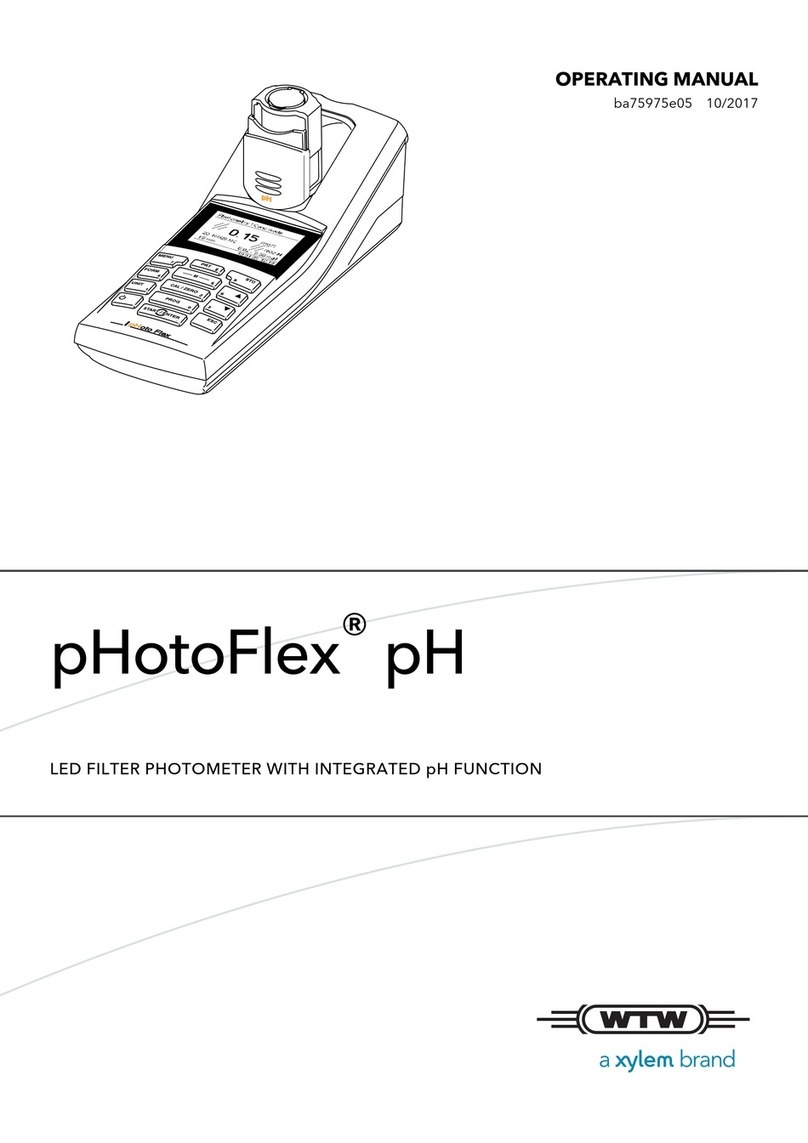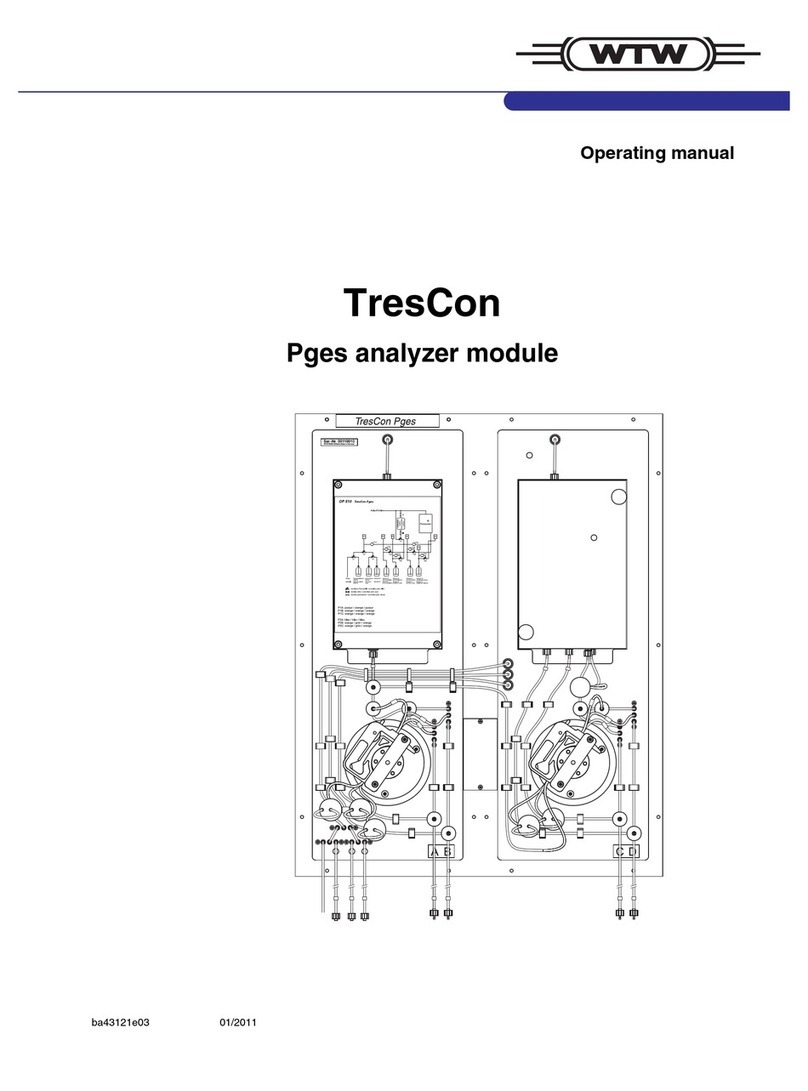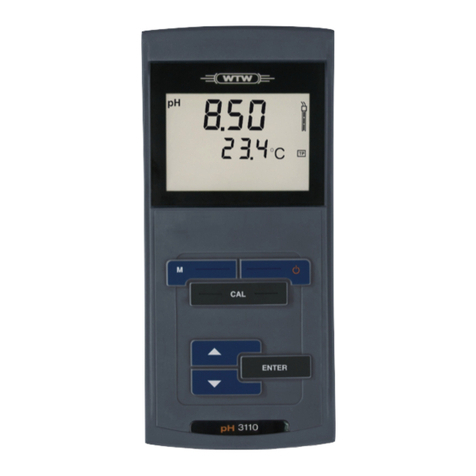wtw inoLab Multi 720 User manual
Other wtw Measuring Instrument manuals
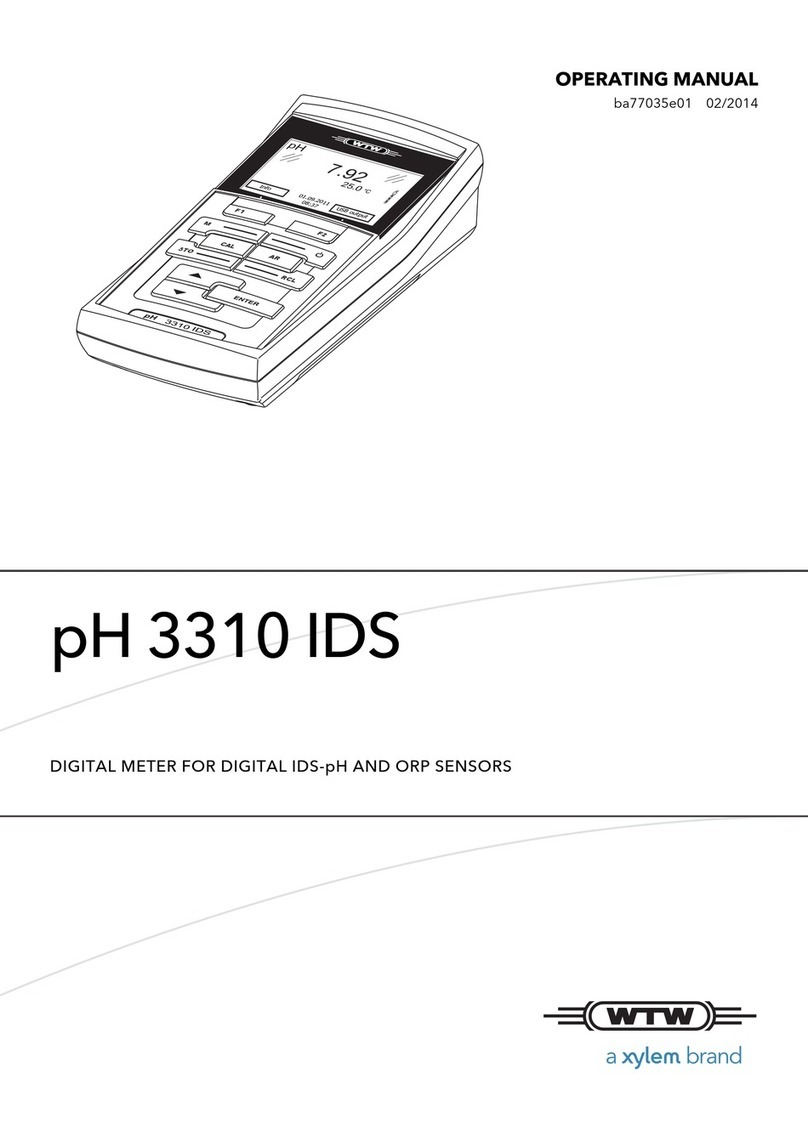
wtw
wtw pH 3310 IDS User manual
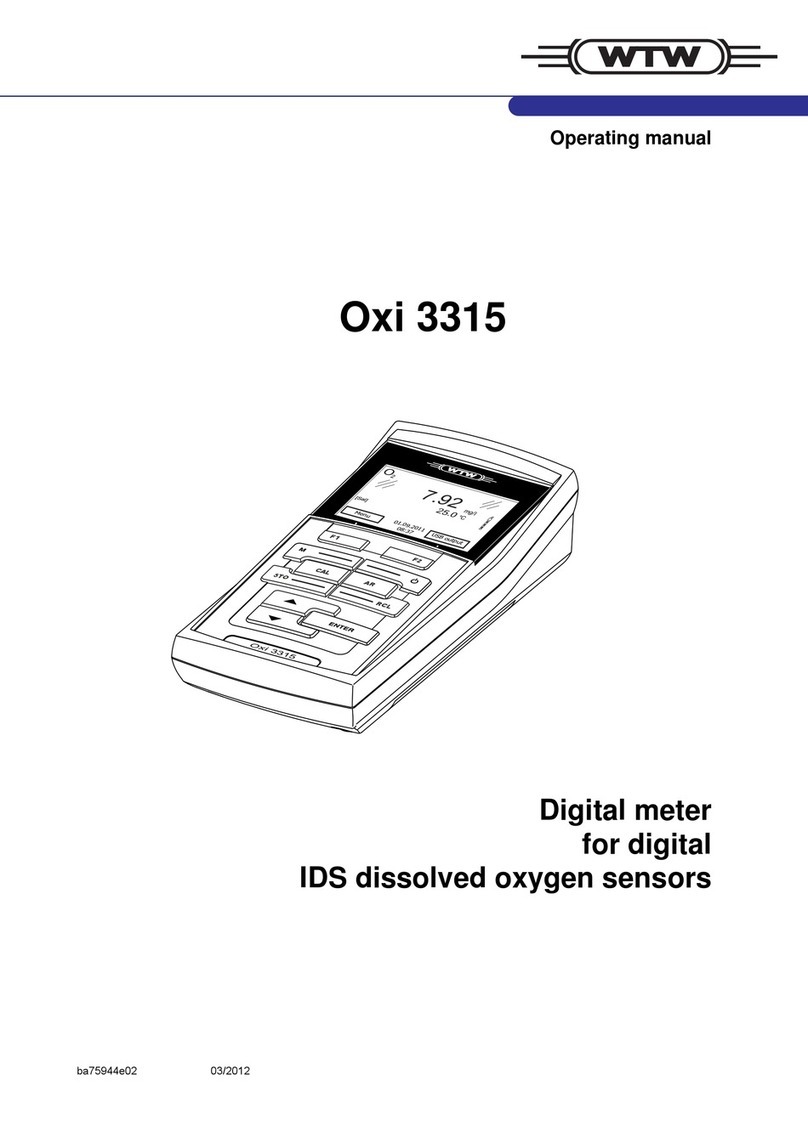
wtw
wtw Oxi 3315 User manual
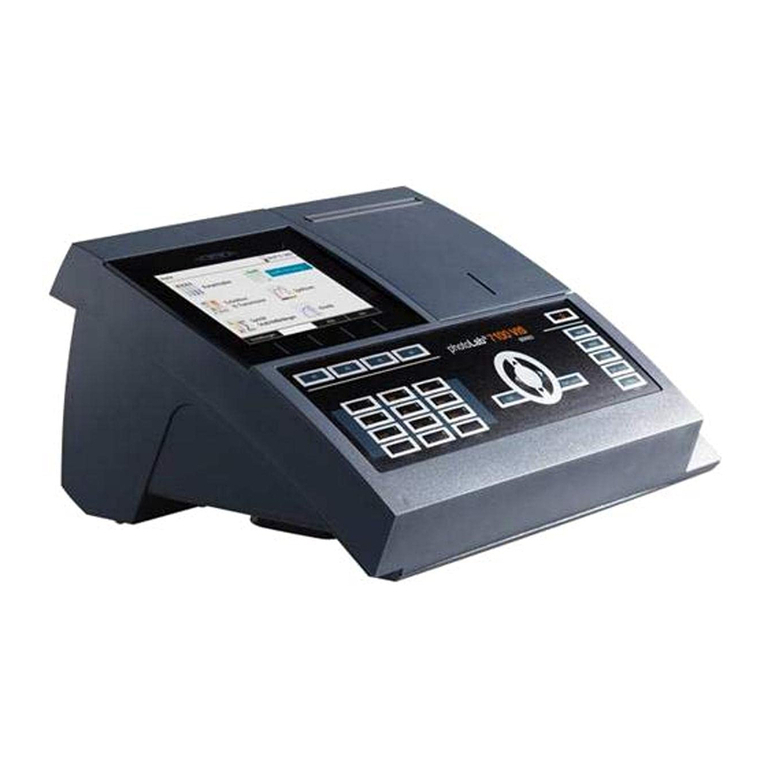
wtw
wtw photoLab 7100 VIS User manual
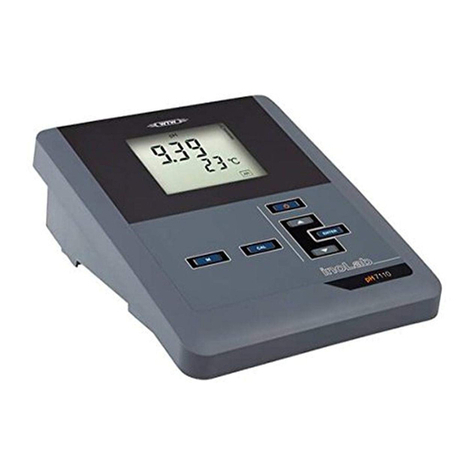
wtw
wtw pH 7110 User manual

wtw
wtw Cond 3300i User manual
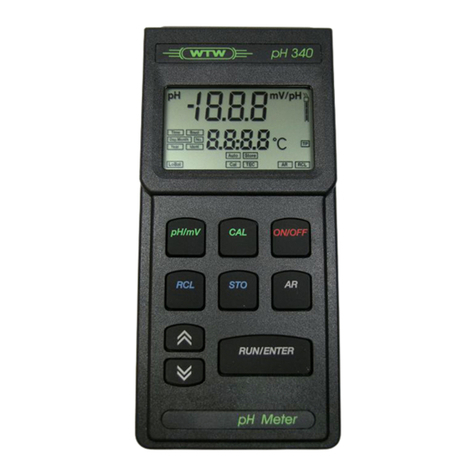
wtw
wtw pH 340/ION Manual

wtw
wtw photoLab 6100 VIS User manual
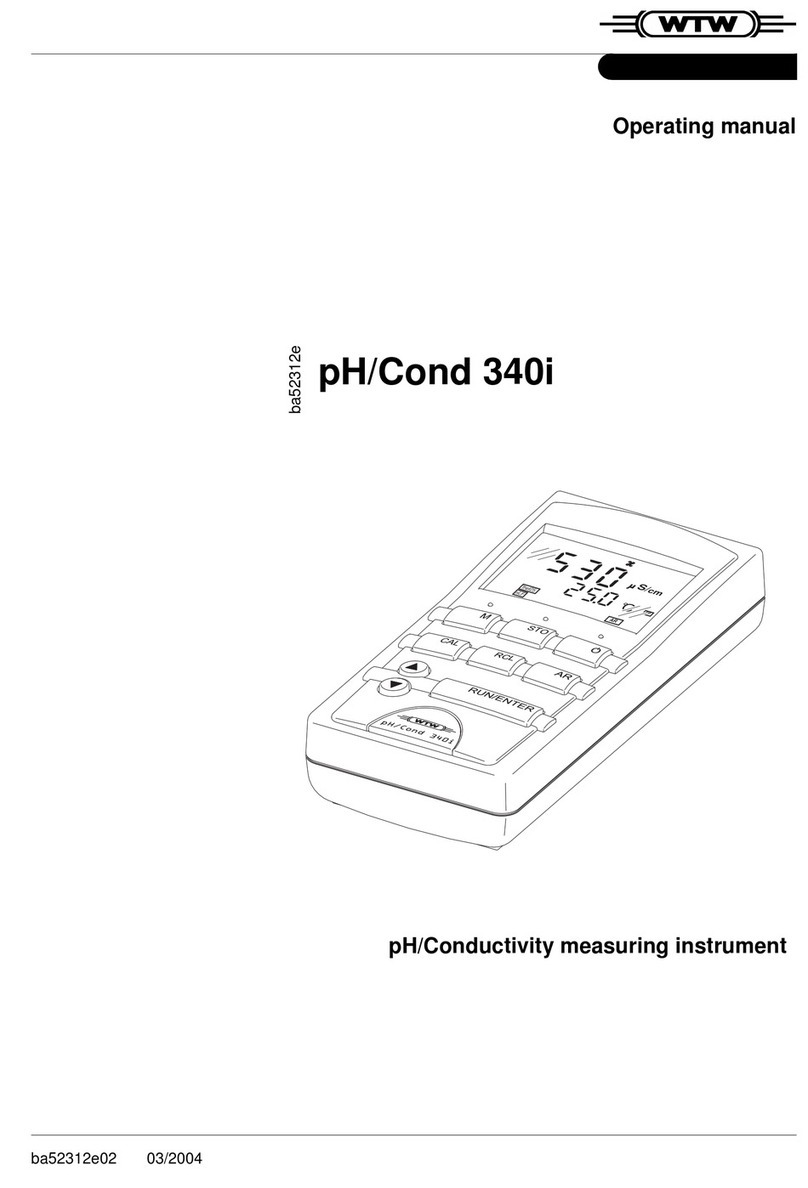
wtw
wtw pH/Cond 340i User manual
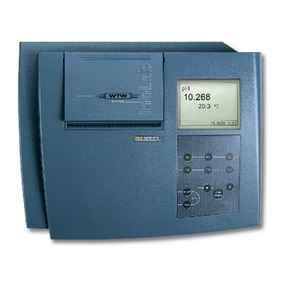
wtw
wtw inoLab pH/ION 735 User manual
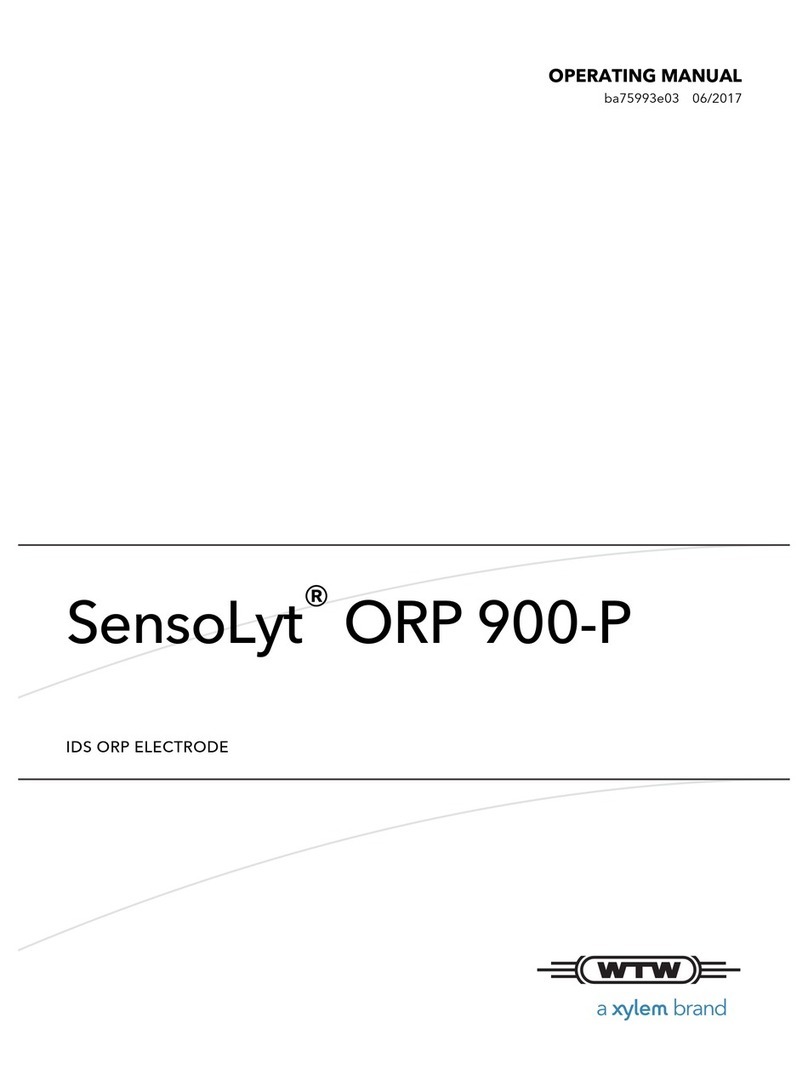
wtw
wtw SensoLyt ORP 900-P User manual

wtw
wtw LabStation LS Flex/430 User manual
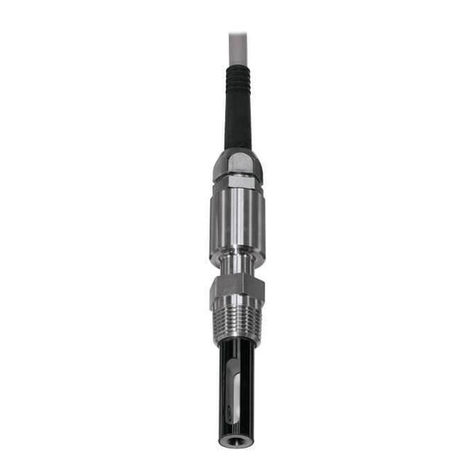
wtw
wtw LRD 01 User manual
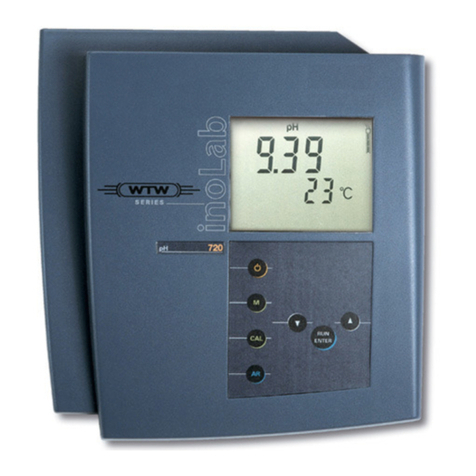
wtw
wtw inoLab pH/Oxi Level 1 User manual

wtw
wtw CarboVis 700/5 IQ Set User manual

wtw
wtw inoLab Multi 9620 IDS User manual

wtw
wtw Oxi 315i User manual
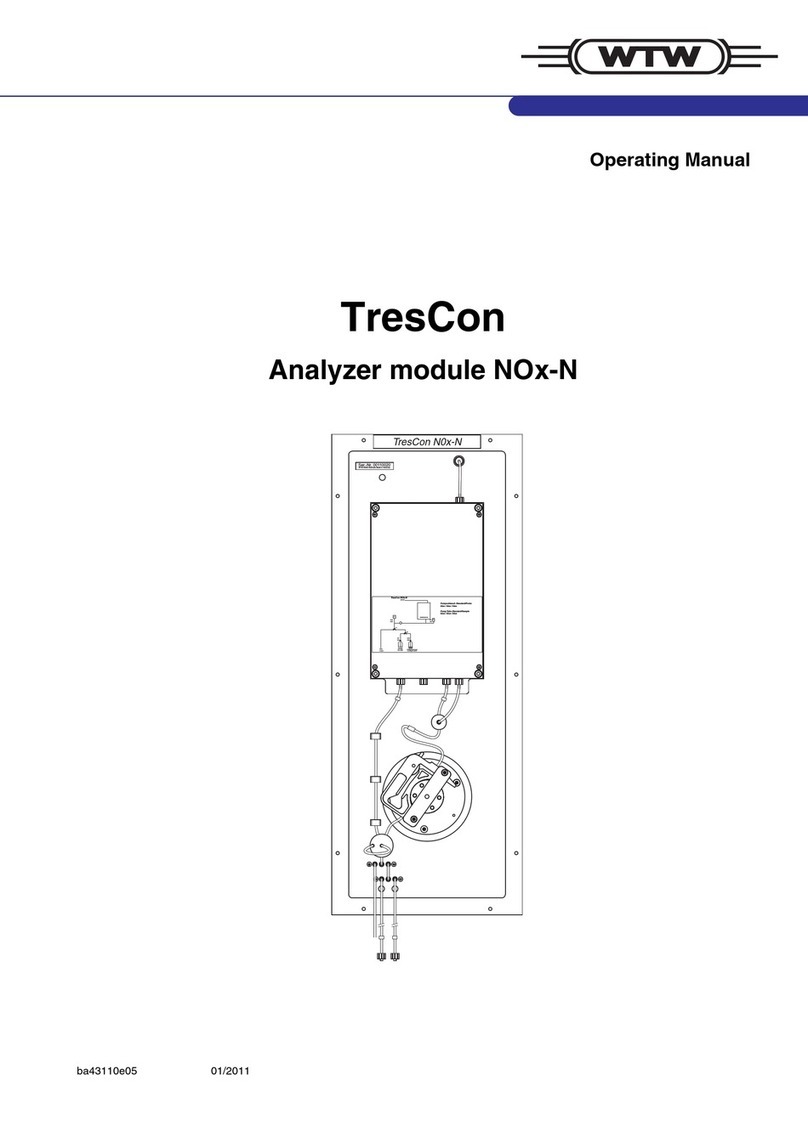
wtw
wtw TresCon NOx-N User manual
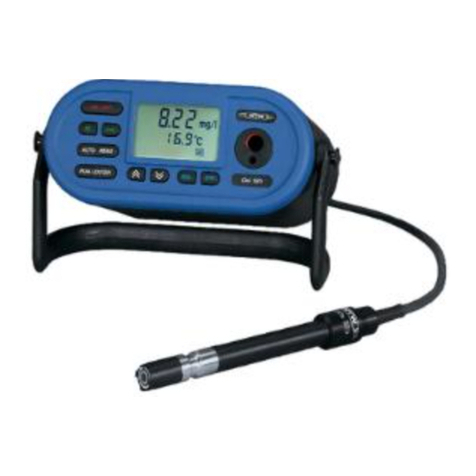
wtw
wtw Oxi 197i User manual
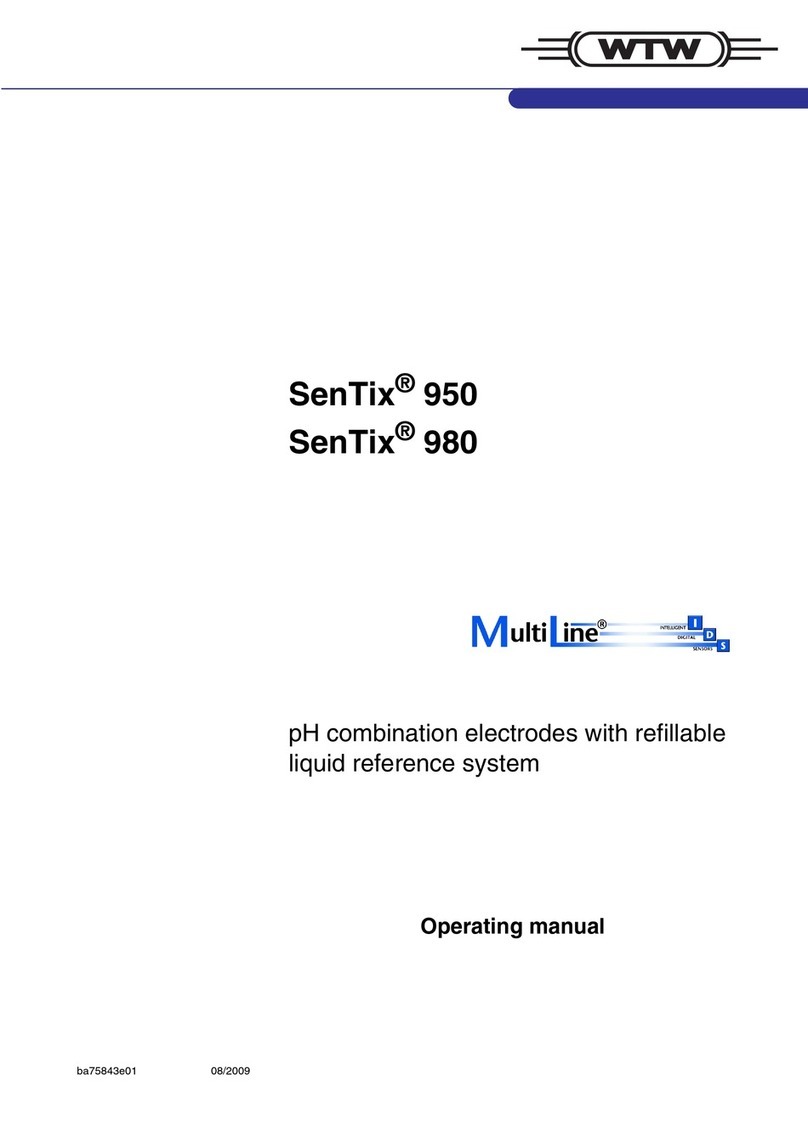
wtw
wtw SenTix 950 User manual
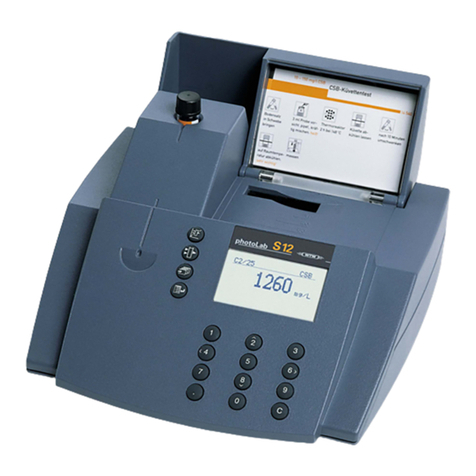
wtw
wtw PhotoLab S12-A User manual
Popular Measuring Instrument manuals by other brands

Powerfix Profi
Powerfix Profi 278296 Operation and safety notes

Test Equipment Depot
Test Equipment Depot GVT-427B user manual

Fieldpiece
Fieldpiece ACH Operator's manual

FLYSURFER
FLYSURFER VIRON3 user manual

GMW
GMW TG uni 1 operating manual

Downeaster
Downeaster Wind & Weather Medallion Series instruction manual

Hanna Instruments
Hanna Instruments HI96725C instruction manual

Nokeval
Nokeval KMR260 quick guide

HOKUYO AUTOMATIC
HOKUYO AUTOMATIC UBG-05LN instruction manual

Fluke
Fluke 96000 Series Operator's manual

Test Products International
Test Products International SP565 user manual

General Sleep
General Sleep Zmachine Insight+ DT-200 Service manual

